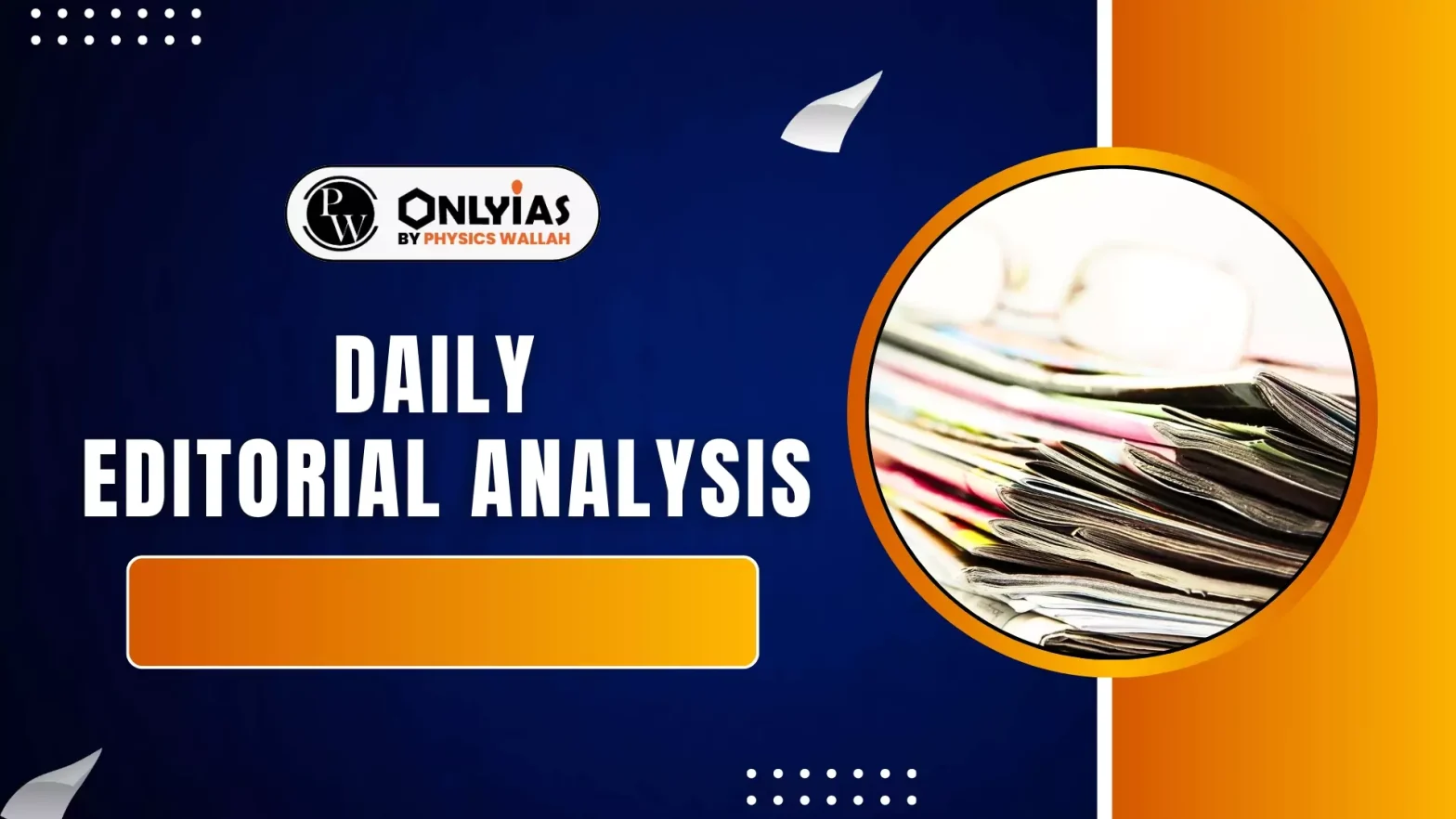The Nobel prize for economics 2025 was awarded to Joel Mokyr, Philippe Aghion and Peter Howitt for having explained innovation-driven economic growth.
Key Lessons from Nobel-Winning Research
- Joel Moky: Sustained Growth needs useful knowledge and openness to change.
- Aghion & Howitt: Creative Destruction at the firm level generates stable national income.
Joel Mokyr’s Contribution
- Historical Puzzle of Stagnation:: Joel Mokyr explored why economic growth was nearly zero for 1,800 years before 1800 and concluded that the transformation occurred when two kinds of knowledge were unified.
- Prescriptive Knowledge – The “How” of Craft and Practice: Prescriptive Knowledge refers to practical, experience-based learning gained through trial and error or passed from masters to apprentices.
- Focus: How things work (e.g., a carpenter knowing how to cut wood).
- Period: Predominant before 1800, but limited in driving large-scale progress.
- Propositional Knowledge-The “Why” of Science: Propositional Knowledge represents scientific understanding developed through experimentation and pursuit of truth.
- Focus: Why things work (e.g., understanding why nitrogen enriches soil or why carbon affects steel strength).
- Period: Emerged during Europe’s Enlightenment era (16th–17th centuries).
- Synthesis into Useful Knowledge – The Catalyst of Modern Growth: The combination of How (Prescriptive) and Why (Propositional) knowledge created Useful Knowledge, which catalyzed new innovations and triggered rapid economic growth after 1800.
Aghion & Howitt’s Framework of Creative Destruction
- The Paradox of Stability and Turbulence: Aghion and Howitt analyzed the paradox where the macro-economy remains stable—with steady growth and inflation—while the micro-economy experiences constant churn, as companies fail, emerge, and workers shift jobs.
- Firm-Level Innovation and Temporary Monopoly: They showed that companies strive for temporary monopolies through innovation, leading to firm-level upheaval that sustains long-term national growth—a process termed Creative Destruction.
- Economic Cycle of Growth and Innovation: Their model linked key economic variables into a self-reinforcing cycle:
- R&D Funding: Companies need funds for research and innovation.
- Savings: R&D is financed through people’s savings.
- Interest Rate: The level of savings depends on the prevailing interest rate.
- Growth Rate: The economy’s growth rate influences interest rates.
- Feedback Loop: The growth rate then affects the scale of future R&D investment.
Relevance of Nobel Laureates’ Work to Current Policy Debates
- Government Support for Innovation: A key debate is whether governments should subsidise R&D in companies.
- While such support can boost innovation, it also risks benefiting individual firms more than society or future innovators.
- Social Welfare and Openness to Change: An alternative view stresses social welfare subsidies to build safety nets that keep societies open to change despite disruptions like job losses from new technologies.
- Balancing Growth and Stability: The Nobelists’ insight highlights the need for both innovation incentives and social protection to achieve sustained, inclusive growth.
- There is a need to balance innovation with social safety nets-they are complementary.
Conclusion
The 2025 Nobel Prize highlights that sustained economic growth stems from Useful Knowledge and Creative Destruction, emphasizing the need to balance innovation incentives with social protection to ensure resilient, inclusive, and long-term economic development.
![]() 15 Oct 2025
15 Oct 2025

